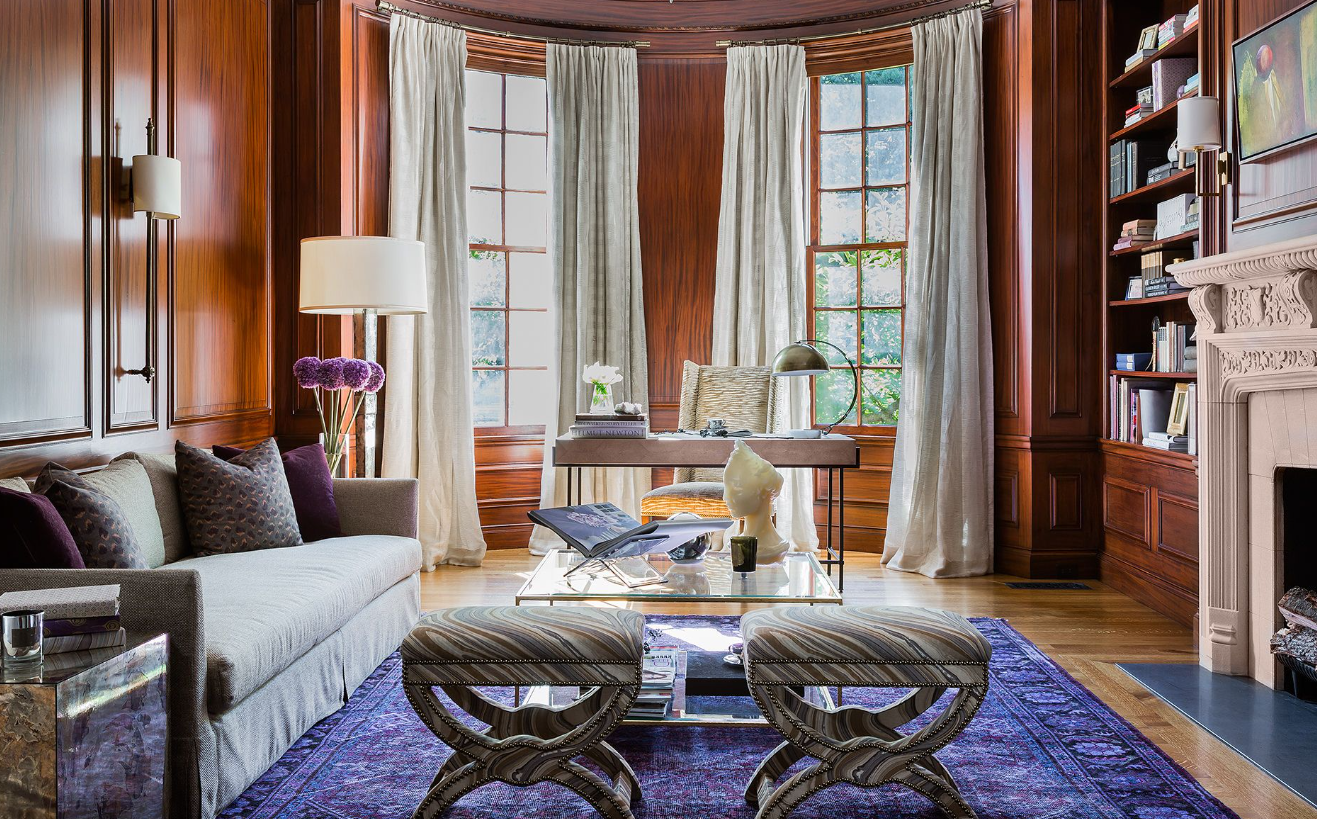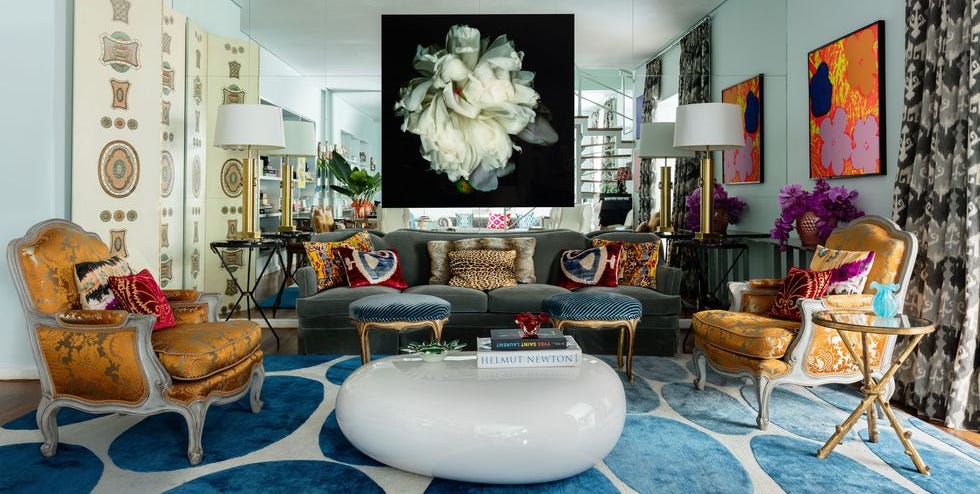Introduction:
Interior design is more than just arranging furniture aesthetically in a room. It’s a meticulous process that involves creating environments that enhance the quality of life and culture of the occupants. The importance of interior design extends beyond mere visual appeal; it influences how we live, work, and interact with our surroundings. In this article, we delve into the various facets of interior design, from the selection of materials to the installation process, highlighting the significance of each decision in creating a harmonious and functional space.
The Dual Role of Interior: Function and Aesthetic:
Interior design serves a dual purpose – functionality and aesthetics. A well-designed space should not only be visually pleasing but also cater to the practical needs of its inhabitants. Functionality involves optimizing the layout, considering traffic flow, and ensuring that the space is conducive to the activities it will host. Aesthetic considerations, on the other hand, involve color schemes, furniture choices, and decorative elements that contribute to the overall visual harmony.
Choosing Interior Materials:
Selecting the right materials is a critical aspect of interior design. From flooring to wall coverings, materials play a key role in defining the character of a space. Factors such as durability, maintenance, and environmental impact should be considered. For instance, hardwood floors might be visually appealing, but in high-traffic areas, more resilient materials like laminate or vinyl may be more practical.
DIY vs. Professional Installation:
One crucial decision in interior design is whether to undertake the installation process yourself or enlist the services of professionals. While a DIY approach can be cost-effective, complex tasks such as electrical work, plumbing, or intricate carpentry are best left to the experts. Professional installation ensures a polished and seamless result, but it comes with a higher price tag. The choice depends on the scope of the project and individual skill levels.
The Advantages and Disadvantages:
DIY enthusiasts may find joy and satisfaction in completing projects themselves, but it often requires a significant time investment and a learning curve. Professional services, while efficient, may come with a higher cost. Balancing budget constraints with desired outcomes is essential, and a combination of both approaches might be the ideal solution.
Choosing Colors, Wall Painting, and Lighting:
Color selection is a fundamental element in interior design, influencing the mood and atmosphere of a room. Wall painting and lighting choices can dramatically transform spaces. Lighter colors can make a room feel more spacious, while darker hues add warmth and coziness. Lighting fixtures should be chosen based on the purpose of the room, balancing natural and artificial light to create a well-lit and inviting environment.
Selecting Motifs and Wallpaper:
Wallpaper and motifs can be used to inject personality into a space. Careful consideration of patterns and colors can either make a bold statement or provide a subtle backdrop. It’s essential to strike a balance that complements the overall design without overwhelming the senses.
Choosing Furniture and Materials:
Furniture selection involves a blend of aesthetics, comfort, and functionality. Consider the scale of the space and the proportions of the furniture. Additionally, material choice influences the durability and maintenance of the pieces. Whether opting for timeless classics or contemporary designs, the key is to create a cohesive look that resonates with the overall design scheme.
Selecting Flooring Materials:
Ceramic flooring is a popular choice for its durability and ease of maintenance. However, the vast array of options, from tiles to hardwood, requires careful consideration. Factors such as the room’s purpose, foot traffic, and budget influence the choice of flooring material. A harmonious blend of aesthetics and practicality is essential.
Conclusion:
Interior design is a multifaceted discipline that combines art and science to create spaces that are both visually appealing and functionally efficient. From material selection to installation methods, each decision contributes to the overall success of the design. Whether opting for a DIY approach or seeking professional assistance, the key is to strike a balance that aligns with personal preferences, lifestyle, and budget, ultimately crafting a space that reflects individuality and meets the needs of its occupants.




